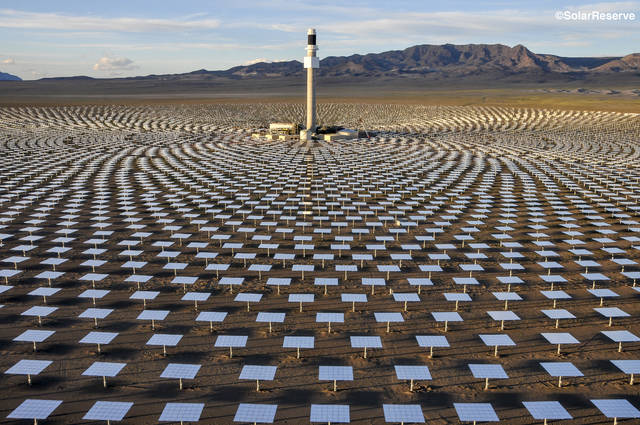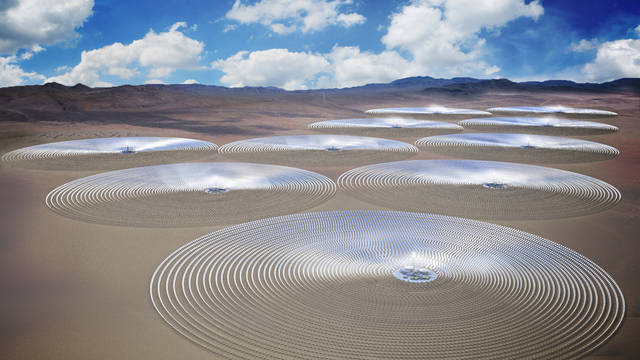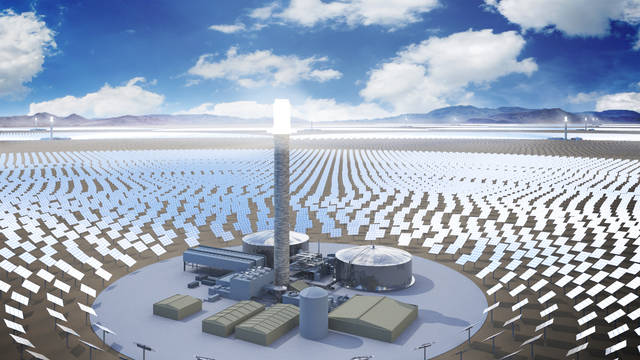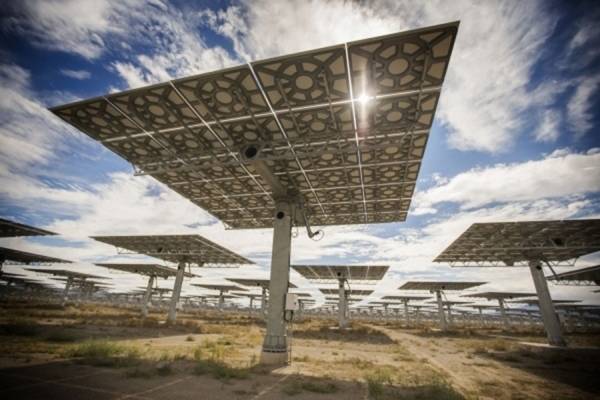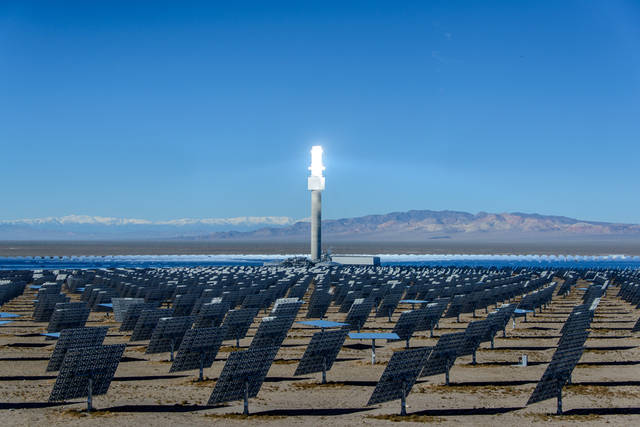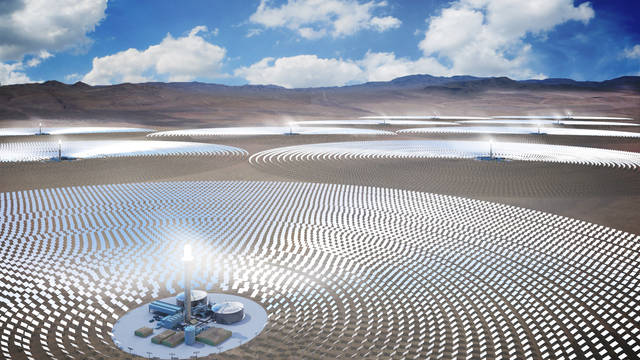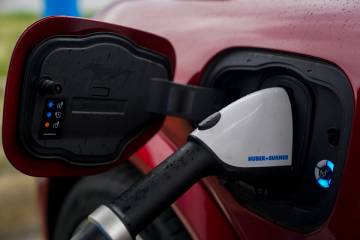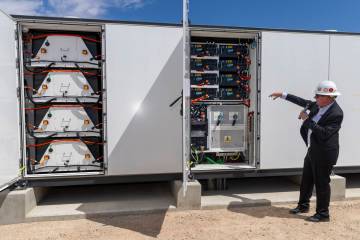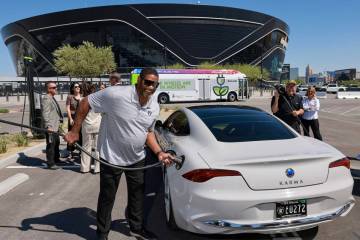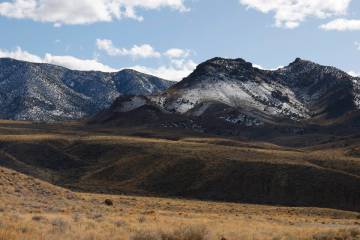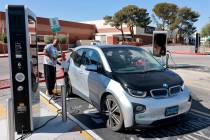SolarReserve nixes Nevada plans for world’s largest solar project
After announcing plans to create the world’s largest solar project in Nevada in 2016, SolarReserve has withdrawn its application to build on federal land, according to the Nevada Bureau of Land Management.
The solar power plant would have generated enough power to supply about a million homes and was expected to create 3,000 jobs lasting seven years, SolarReserve CEO Kevin Smith told the Review-Journal in 2016.
“Although it had a huge potential to create jobs and sell energy to Nevada or California, none of that energy was spoken for yet,” said Pasha Feinberg, a renewable energy and wildlife policy analyst at conservation organization Defenders of Wildlife, which has criticized the project. “This particular project didn’t have a power purchasing agreement in place. … It won’t affect anyone’s projections.”
Application withdrawal
The company withdrew its application on Jan 31., according to Rudy Evenson, acting chief of communications for the Nevada BLM.
The $5 billion project would have included 100,000 mirrors and 10 towers that would have been able to store the sun’s energy and generate power after dark.
Construction was originally projected to begin in 2018 or 2019, and the bulk of the power produced was expected to be exported to California.
A spokesperson for SolarReserve did not respond to multiple requests for comment.
SolarReserve had already built one concentrated solar array tower outside of Tonopah. The $1 billion, 110-megawatt Crescent Dunes Solar Energy Plant began delivering power to NV Energy in 2015.
The company’s withdrawal has halted the project’s proceedings, but that doesn’t mean SolarReserve can’t pick it up again in the future, according Feinberg.
“This doesn’t mean in the future they can’t resubmit their (building) application,” Feinberg said.
Despite the project’s absence, environmental experts are still optimistic about Nevada’s future in clean energy.
“I think that Nevada is still well positioned to move forward with all forms of clean energy generation in concert with storage, whether thermal, battery, or other storage mediums,” said Cameron Dyer, staff attorney for Colorado-based environmental advocacy group Western Resource Advocates.
Environmental impact
When the project was announced in 2016, some energy analysts raised concerns about the large capital and maintenance costs associated with concentrated solar projects. Others worried about the project’s potential impact on wildlife and Nevada’s landscape.
“There was the potential for a large environmental impact because of the scale of the project, as well as the technology,” Feinberg said.
Instead of using traditional solar panels that lay close to the ground, the project would have had 10 concentrated solar arrays that use the sun to heat molten salt and produce electricity.
“It’s not a technology we generally support because it’s inefficient and has a higher avian impact than traditional solar energy,” Feinberg said. “Birds collide with the towers.”
Contact Bailey Schulz at bschulz@reviewjournal.com or 702-383-0233. Follow @bailey_schulz on Twitter.



